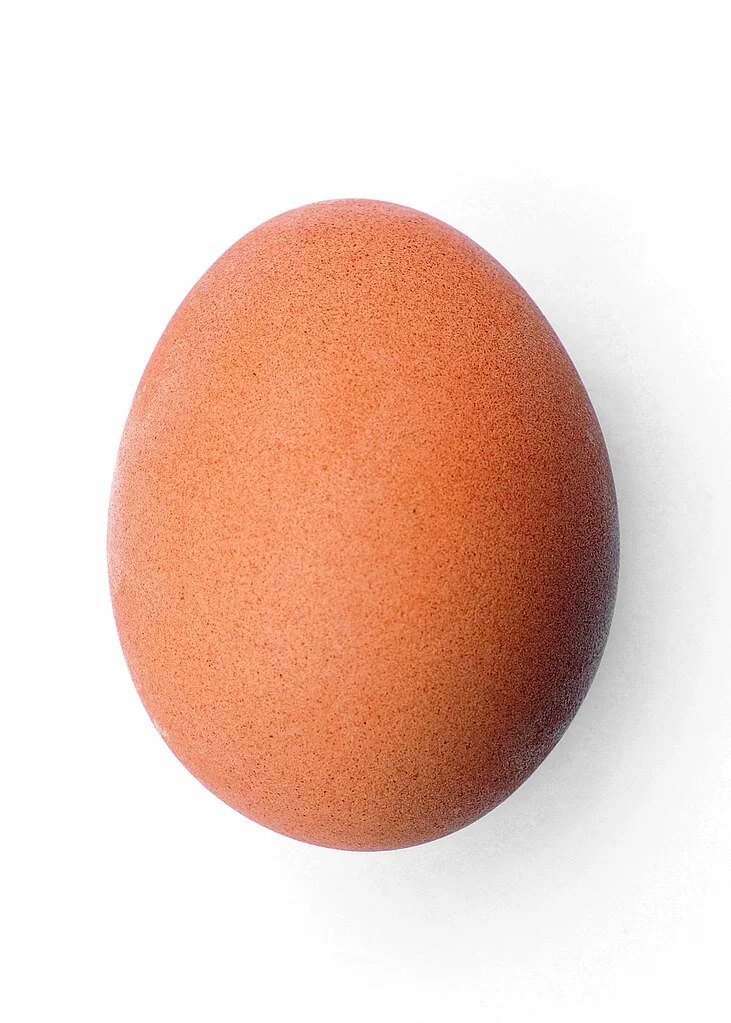23 August 2023
A quark is a subatomic particle that combine in pairs to form hadrons, the basic constituents of matter. The name is an arbitrary coinage inspired by a passage in James Joyce’s 1939 novel Finnegans Wake.
The word was coined by physicist Murray Gell-Man in a 1964 paper:
A simpler and more elegant scheme can be constructed if we allow non-integral values for the charges. We can dispense entirely with the basic baryon b if we assign to the triplet t the following properties: spin ½, z = ˗⅓, and baryon number ⅓. We then refer to the members u⅔, d ˗⅓, and s ˗⅓ of the triplet as “quarks”6 q and the members of the anti-triplet as anti-quarks ˗q. Baryons can now be constructed from quarks by using the combinations (q q q), (q q q ˗q), etc., while mesons are made out of (q ˗q), (q q ˗q ˗q), etc.
The note (#6) is to James Joyce’s Finnegans Wake, in particular to a line in a poem that appears at the opening of the novel’s book 2, episode 4:
—THREE QUARKS for Muster Mark!
Sure he hasn’t got much of a bark
And sure any he has it’s all beside the mark.
But O, Wreneagle Almighty, wouldn’t un be a sky of a lark
To see that old buzzard whooping about for uns shirt in the dark
And he hunting round for uns speckled trousers around by Palmerstown Park?
Hohohoho, moulty Mark!
You’re the rummest old rooster ever flopped out of a Noah’s ark
And you think you’re cock of the wark.
Fowls, up! Tristy’s the spry young spark
That’ll tread her and wed her and bed her and red her
Without ever winking the tail of a feather
And that’s how that chap’s going to make his money and mark!
Overhoved, shrillgleescreaming. That song sang seaswans. The winging ones. Seahawk, seagull, curlew and plover, kestrel and capercallzie. All the birds of the sea they trolled out rightbold when they smacked the big kuss of Trustan with Usolde.
The poem is, among other things, a reference to Arthurian legend. The Mark in question is King Mark of Cornwall, the “Cuckold King,” uncle to Tristan, who had an affair with Mark’s wife, Iseult. Joyce’s quark is probably an imitation of sea-bird’s call. Quark can also be a type of cheese similar to cottage cheese, but this makes little sense in Joyce’s context.
On its face, the passage has no relation to particle physics, but Gell-Mann explained his reasoning in a 27 June 1978 letter to the editors of the OED:
I employed the sound “quork” for several weeks in 1963 before noticing “quark” in “Finnegans Wake,” which I had perused from time to time since it appeared in 1939 [...] The allusion to three quarks seemed perfect [...] I needed an excuse for retaining the pronunciation quork despite the occurrence of “Mark,” “bark,” “mark,” and so forth in Finnegans Wake. I found that excuse by supposing that one ingredient of the line “Three quarks for Muster Mark” was a cry of “Three quarts for Mister…” heard in H. C. Earwicker's pub.
Quarks come in six types, arranged in three pair (up/down, charm/strange, top/bottom), and that struck Gell-Mann as sufficient justification for using the word as the name of the subatomic particle. The word stuck, but Gell-Mann’s preferred pronunciation did not.
Sources:
Gell-Mann, M. “A Schematic Model of Baryons and Mesons.” Physics Letters, 8.3, 1 February 1964, 214/2. Elsevier Science Direct.
Joyce, James. Finnegans Wake. New York: Viking Press, 1939. 2.4, 383.
Merriam-Webster. “What Does ‘Quark’ Have to Do with Finnegans Wake?” Words at Play.
Oxford English Dictionary, third edition, December 2007, s.v. quark, n.2., quawk, n.
Image credits: James Joyce: Alex Ehrenzweig, 1915, Wikimedia Commons, public domain image; Murray Gell-Mann: Melirius, 2012, Wikimedia Commons, licensed under a Creative Commons Attribution-Share Alike 3.0 Unported license.






